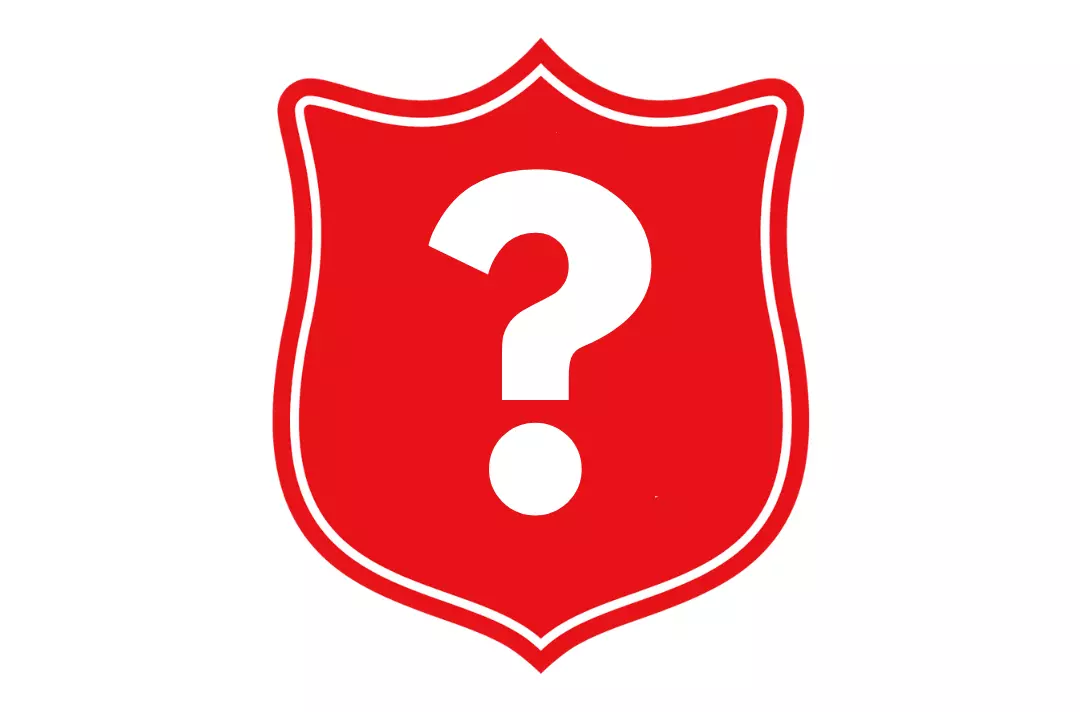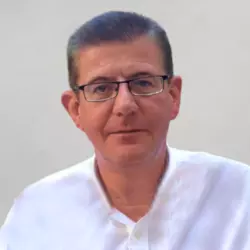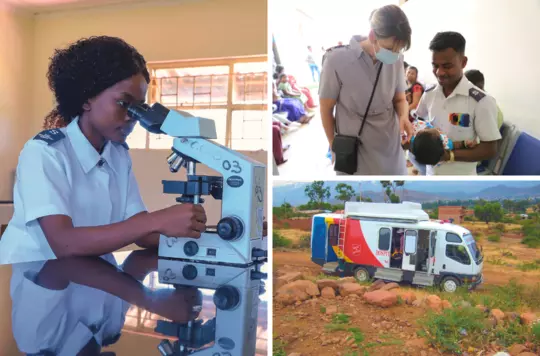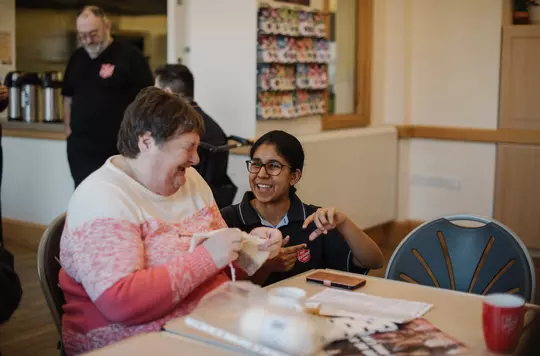26 August 2023
How well do people know The Salvation Army?
Julius Wolff-Ingham

Reflecting on new research, Julius Wolff-Ingham considers the interplay between recognition and relationship.
A recent survey asked more than 4,000 people how many charities they recognised from a list of 150 organisations. It’s no surprise that more than 80 per cent of respondents recognised Cancer Research UK. It’s heart-warming that alongside CRUK, The Salvation Army, British Red Cross, the RSPCA and the British Heart Foundation formed the top five most recognised charities.
This is reflected in research the Army has carried out into people’s awareness. When asked if people have heard of The Salvation Army, a staggering 86 per cent said yes, and 77 per cent recognised our red shield. Furthermore, 70 per cent of people surveyed said they trusted us a lot.
This is a huge and precious privilege. However, recognition alone will not drive engagement. We might recognise someone at the bus stop but it takes a lot more to get to know them, and it’s by getting to know someone that a more meaningful relationship or friendship starts to grow.
So, if building recognition is a stepping stone to building a deeper understanding of The Salvation Army and consequently helping to deliver engagement through volunteering, donating or joining in, the question we all must ask ourselves is how we achieve this. After all, it’s the work we do now that will sustain us in the future, just as the recognition we have now was built from decades of a very visible presence.
There is no quick solution. Awareness and an understanding of the brilliant work the Army does take time to build. We need to be constantly at it. Research also tells us that levels of awareness and interest in us as a cause are much lower with younger people (under-40s), so it’s more important than ever that we are intentional about tackling this. We need to start talking far more about the difference we are making and ‘cutting through’ to younger audiences.
Being visibly active in our communities is a real driver of awareness and credibility. Another powerful tool is getting us talked about in positive ways in local, regional and national media. To do this we need something to say that is interesting and meaningful.
My encouragement to you is to get to know the communications officer for your division and tell them about work you are doing at your corps or centre that is making a difference. It’s these amazing examples of The Salvation Army in action in people’s lives that make news stories. News drives visibility and visibility enables us to thrive.
Reflect and respond
- In 2 Corinthians 8:21 we read: ‘For we are taking pains to do what is right, not only in the eyes of the Lord but also in the eyes of man.’ In what ways are you demonstrating God’s love within your community?
- Matthew 5:16 says: ‘Let your light so shine before men, that they may see your good works, and glorify your Father which is in Heaven’ (King James Version). How are you speaking out about what God is doing through The Salvation Army not only in your area but also across the territory?
Written by

Julius Wolff-Ingham
Assistant Secretary for Communications (External), THQ
Discover more

130 years since the International Health Services began, Captain Heidie Bradbury (IHQ) tells all to Simon Hope.

Secretary for Mission Lieut-Colonel Drew McCombe tells Salvationist about the territory’s new research into membership.

